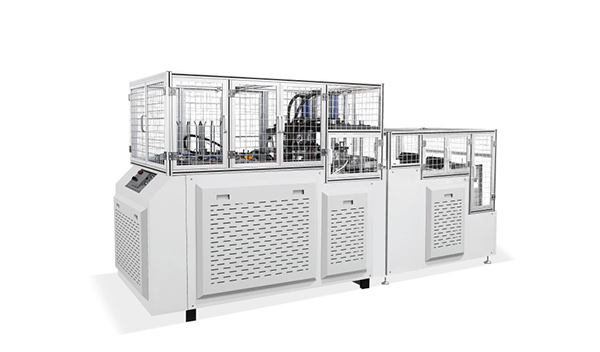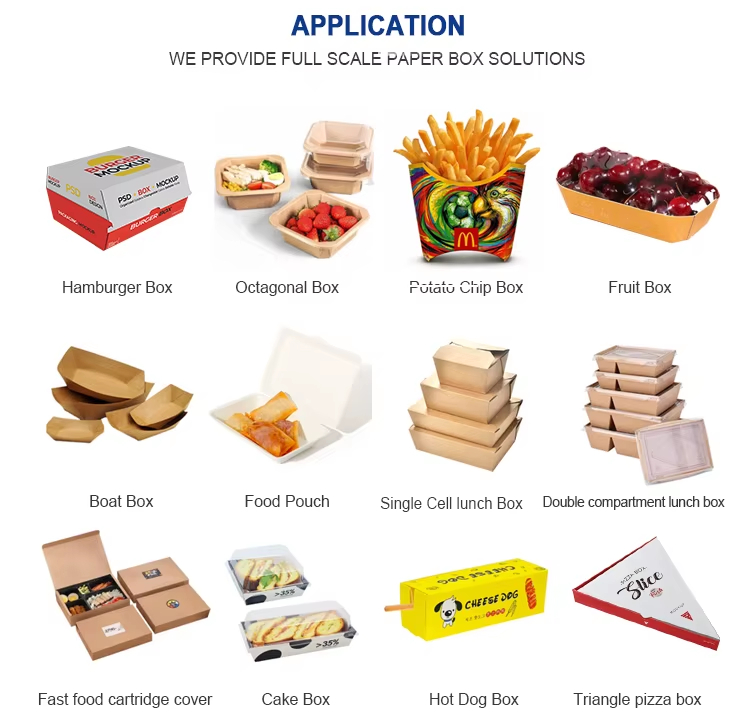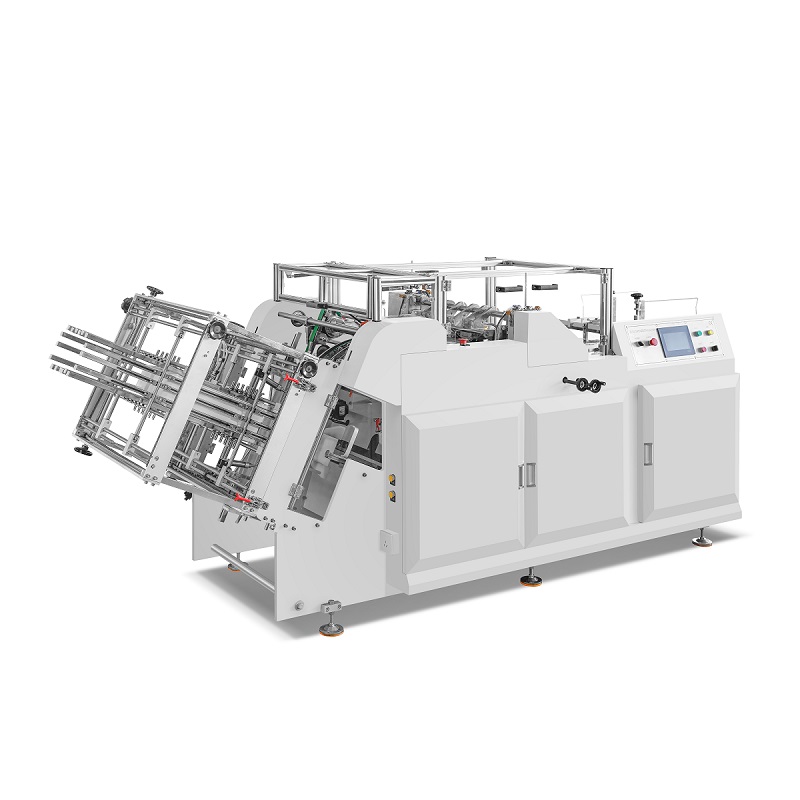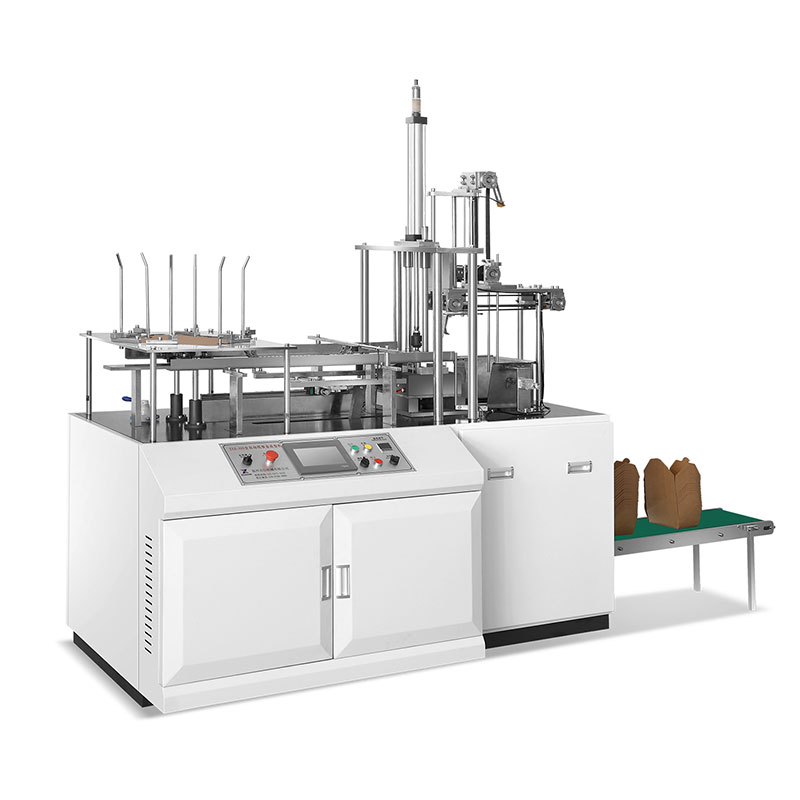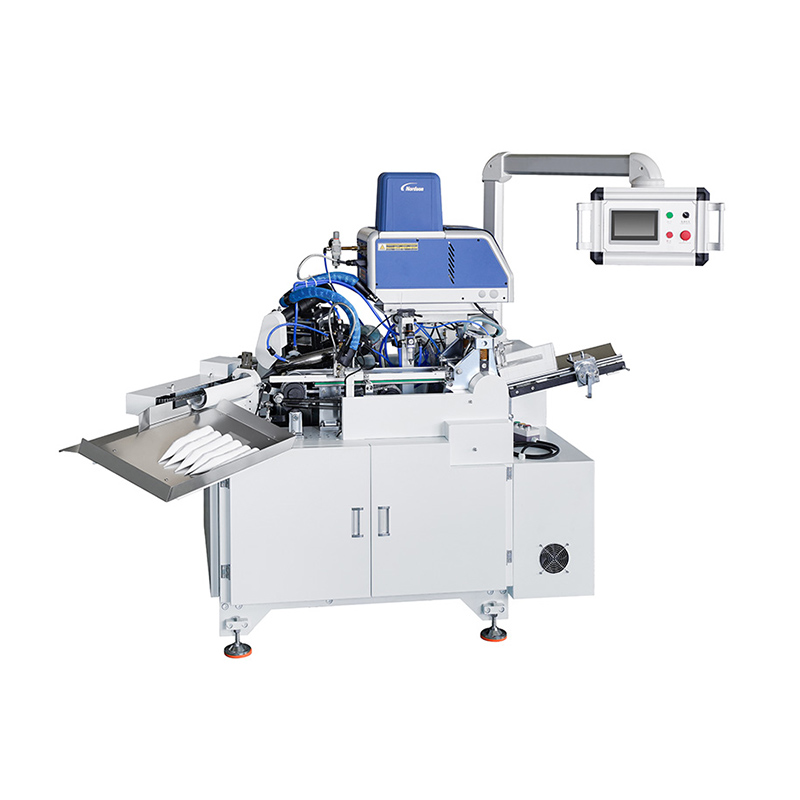As environmental awareness grows, disposable paper bowls are increasingly replacing plastic products in the food service industry. However, many consumers notice that these seemingly simple paper bowls come with surprisingly high price tags. This article explores the key factors behind the soaring costs of paper bowls to help you understand the market dynamics and production expenses involved.
1. Raw Material Costs
The primary driver of high paper bowl prices is rising raw material expenses:
-
Food-Grade Pulp Requirement
- Paper bowls must use virgin wood pulp (not recycled paper) to ensure food safety, which costs 2-3 times more than recycled materials.
-
Specialized Waterproof Coatings
- Most paper bowls feature PE (polyethylene) or PLA (polylactic acid) linings to prevent leakage. PLA, a plant-based biodegradable alternative, is particularly expensive.
-
Certification Requirements
- Suppliers compliant with FDA, SGS, or EU food-contact safety certifications are limited, leading to higher pricing due to reduced competition.
2. Complex Manufacturing Process
Producing paper bowls is more technically demanding than it appears:
- Multi-Layer Pressing Technology: High-quality bowls require 3-5 layers of material, increasing machinery and labor costs.
- Leak-Proof Design: Reinforced rims and bottoms need specialized molds and precision equipment.
- Food-Safe Printing: Inks used for branding must be non-toxic and eco-friendly, costing 3-5 times more than standard inks.
- Energy Consumption: Applying waterproof coatings requires precise temperature control, driving up electricity costs.
This requires advanced, high-speed Paper Bowl Making Machines, which are more expensive and energy-intensive.
Learn more about our Paper Bowl Making Machine designed for efficient, high-volume production.
Double Station Paper Plate Making Machine
3. Environmental Compliance & Certification Expenses
Stricter sustainability regulations significantly impact pricing:
- Biodegradability Certifications (e.g., TÜV OK Compost, BPI) require costly lab testing.
- Carbon Footprint Tracking: Many brands now analyze emissions across the supply chain, adding administrative expenses.
- Extended Producer Responsibility (EPR) Laws oblige manufacturers to fund recycling systems.
- Plastic Taxes: Governments impose fees on non-biodegradable alternatives, incentivizing pricier eco-materials like PLA.
4. Market & Supply Chain Factors
External economic forces also influence pricing:
- Seasonal Demand: Prices surge during peak takeout/travel seasons.
- Customization Costs: Brand logos, unique shapes, or specialty sizes can raise prices by 10-30%.
- Global Supply Chain Issues: Pulp shortages, shipping delays, and trade policies affect raw material availability.
- Minimum Order Quantities (MOQs): Small businesses pay higher per-unit costs due to lower bulk discounts.
5. Potential Ways to Reduce Costs
The industry is exploring solutions to make paper bowls more affordable:
- Material Innovations: Thinner yet stronger fiber blends (e.g., bamboo, sugarcane bagasse).
- Economies of Scale: Mass production lowers per-unit costs over time.
- Waste Reduction: Improved manufacturing efficiency reduces material waste.
- Localized Production: Cutting down on international shipping expenses.
Conclusion: Balancing Price with Sustainability
The higher cost of paper bowls reflects their true environmental and safety value. While prices may stabilize as technology advances, choosing eco-friendly packaging is ultimately an investment in long-term planetary health. For businesses and consumers alike, the premium for sustainable alternatives is a small price to pay for reducing plastic pollution.
Would you like a shorter version for social media or additional data on cost comparisons? Let me know how I can refine this further!



